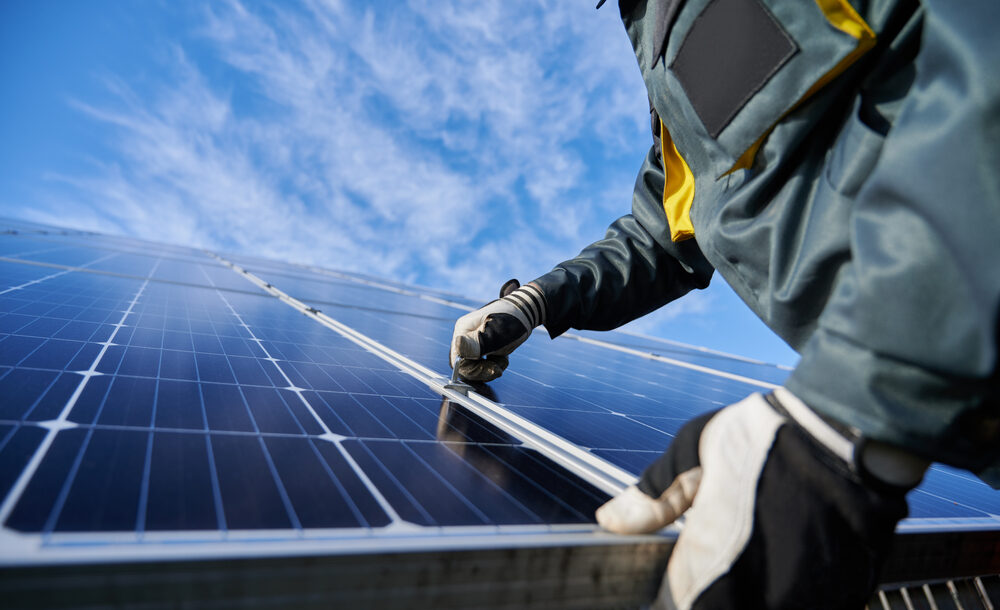An ill-wind is blowing in the halls Wyoming legislature that could crush hopes for building utility-scale renewable energy projects in the state, including solar.
Nine representatives, primarily from coal-producing counties in the state and includes several prominent state-level Climate Change deniers, have introduced SF 71 on the first day of the 2017 legislative session last week, which is designed to discourage the state’s utilities from investing in solar and other renewable-energy projects.
The bill redefines “eligible generating resources” – what sources utilities can use to produce electricity – to include only six options: coal, natural gas, hydroelectric, net-metered systems (including solar), nuclear and oil. By the end of 2018, the bill requires utilities to produce or purchase 95% of the electricity it produces from one of those six sources. In 2019, the percentage grows to 100% If utilities chose to build their own wind and solar farms, the legislation instructs the public-service commission to fine the utilities $10/MWh of electricity not produced by one of the “eligible” resources.
One activist told InsideClimate News:
“I haven’t seen anything like this before,” said Shannon Anderson, director of the local organizing group Powder River Basin Resource Council. “This is essentially a reverse renewable energy standard.”
Dan Whitten, vice president of communications, said the Wyoming legislation defies logic and could hurt the state’s energy independence in the long run.”S
“Suffice it to say that energy in Wyoming, or anywhere else for that matter, is not an either or proposition,” Whitten said. “The renewable energy industries are driving massive investment in Wyoming, with the prospect of much more to come, which benefits virtually every resident in the state through tax revenues, jobs and clean, affordable energy.”
Although solar doesn’t make up an enormous percentage of Wyoming’s current energy mix, investment ticked up in 2015 (the last year for which statistics are available). SF 71 would effectively kill it by penalizing utilities that want to build their own solar farms or purchase electricity from out-of-state solar projects.
Most Wyoming political insiders believe the bill will struggle to find enough support to pass, but the fact the legislation has been introduced so early in the session worries them about the future of renewable energy in the state.
Last year, Wyoming Republican Gov. Matt Mead announced his plans to “double down” on using coal as the state’s primary energy source, saying renewable energy – especially wind – holds great promise for the future. But he doesn’t believe the technology is ready to displace fossil fuels in the near future.
Wyoming is the United States’ largest coal-producing state.
Update: This article was updated at 12:38 pm EST on 1/16/17to include SEIA’s response from Dan Whitten, SEIA’s vice president of communications.
This content is protected by copyright and may not be reused. If you want to cooperate with us and would like to reuse some of our content, please contact: editors@pv-magazine.com.








I thought Republicans believed in the market and did not pick winners and losers. It is just another Republican lie.